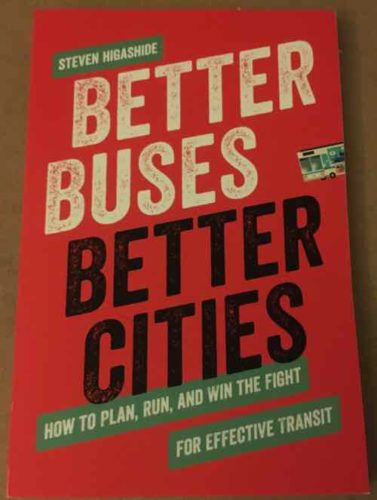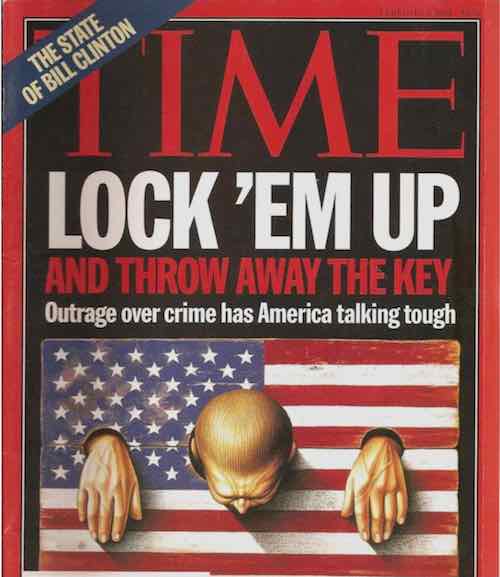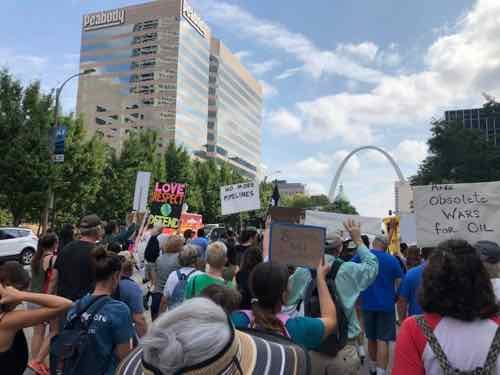On Friday some in St. Louis took part in the global climate strike:
Globally, the day was large.
In July I shared my pessimism — we won’t take action on climate change in time. It’s already happening, but as the 21st century continues conditions will only get worse.
2020
This decade, St. Louis is expected to be more than two degrees Fahrenheit warmerthan it was, on average, during the latter half of the 20th century. While locals have endured more sweltering summer days, they have felt the change the most during the cold months. Missouri winters are warming fasterthan summers, springs, and falls.
Warmer air holds more water, which can lead to more severe rainfall. In recent years, rainstorms have pummeled the Midwest and led to widespread flooding across the region. In 2019 in St. Louis, rivers reached near-historic levels, and floodwaters inundated the areaaround the city’s iconic Gateway Arch.
This storm wasn’t a blip on the radar, but rather a sign of what’s to come. As the planet heats up, St. Louis can expect more extreme rainstorms— and more orders to evacuate low-lying neighborhoods.
2030
By 2030, temperatures are expected to have warmed around three degrees Fahrenheit in St. Louis. The kind of rainstorm that currently strikes the Midwest around once every five years will hit around once every three yearsthis decade.
“We’ve seen these record-breaking, devastating floods in the Midwest,” said Katharine Hayhoe, a climate scientist at Texas Tech University. “It’s not like they’ve never had floods before, but the floods are just getting a lot worse and a lot more frequent.”
This could mean trouble for local infrastructure. Rivers swell after heavy rains, and the rush of water can weaken bridgesby carrying away sediment from around their foundations. This could be a big problem in Missouri, which is home to hundreds of agingbridges, many of which have been deemed deficient. Climate change could mean even more heavy repair costsfor taxpayers.
2040
In 2040, St. Louis is expected to be four degrees Fahrenheit warmer than it was at the end of the last century. While that may sound like a small number, it means big problems for the city. A small uptick in the average temperature could lead to milder winters, stifling summers and changing rainfall.
St. Louis will tend to see wetter springs and drier summers. That means the region will withstand heavier downpours, but it will also endure long stretches without a drop of rain. Despite the growing peril of major flooding, extended dry spells and rising temperatures will dry out the land. Drought will set in in Missouri, endangering farms.
And just remember — it will never be this cool again.
2050
St. Louis is expected to have heated up by more than five degrees Fahrenheit on average by the middle of the century. Hot weather will dry out soil. Past 2050, the Central Plains, including much of Missouri, can look forward to decades-long drought.
This drought will be especially disastrous for Missouri farmers. Growers will have to take more water out of underground aquifers to feed their crops, drawing down a limited supply of groundwater, often at great cost. This, in turn, could drive up the price of food.
2060
St. Louis is expected hit a six-degrees-Fahrenheit increase in its average temperature this decade. While this might be bad news for humans, it’s good for many insects, who love warm weather. Rising temperatures will bring disease-carrying mosquitoesto St. Louis’s doorstep. Missourians will have to be more vigilant about their health as the bugs could spread tropical viruses like Zika, dengue, and yellow feveraround the warming Midwest.
Climate change will also bring more deer ticks to St. Louis. Because warmer air can hold more water, as temperatures rise, so does humidity — and deer ticks thrive in humid weather. While ticks are little seen in Missouri today, later this century they will fan out across the state, potentially spreading Lyme disease. Those afflicted will endure fever, headache, and fatigue. They may see their joints swell or feel their face droop.
2070
In 2070, St. Louis is projected to be more than seven degrees Fahrenheit hotter than it was at the end of the last century. Before the decade is through, the city is expected to see eight degrees Fahrenheit of warming. Rising temperatures will have utterly transformed the weather in Missouri, making it virtually unrecognizable to current residents. The city will see around 20 fewer daysof frost each year than it does today, as well as around 20 extra dayswith temperatures over 95 degrees Fahrenheit. The heat will be felt most acutely in neighborhoods short on trees and parks.
Outside the city, severe heat will cripple the growth of corn and soybeans at nearby farms. So will drought, which experts say will be worse than at any time in living memory. The state will endure more consecutive days without rain. When it does rain, however, it will pour. Warmer temperatures will produce more extreme rainfall.
2080
St. Louis is expected to be nearly nine degrees Fahrenheit warmer by 2080. The temperature will have changed so drastically that St. Louis no longer feels like the same city.
Around 2080, St. Louis will start to feellike Prosper, Texas, does today. This new St. Louis will be hotter and drier. Summer weather will go from balmy to sweltering, and the city will see much less rain during the warm months.
It’s not just that St. Louis will feel more like Prosper. It might start to look like it too. Animals that currently live around Prosper could head northward as the climate changes, searching for a new home that feels like their old one. At the same time, the shrubs and grasslands that stretch across north Texas could start to edge their way toward Missouri.
2090
St. Louis is expected to have warmed by almost 10 degrees Fahrenheit, a transformational change in the climate of the city. Rising temperatures could provoke a spike in violent crime— when people are hot, research shows, they tend to feel more aggressive.
By the end of the century, St. Louis will endure around 80 days per year where the heat index is above 100 degrees — compared to just 11 days at the end of the 20th century, according to Kristy Dahl, a climate scientist at the Union of Concerned Scientists.
“It’s really striking because historically those off-the-charts conditions have only occurred in the Sonoran desert region of the U.S., the California-Arizona border,” Dahl said.
In addition to extreme heat, the city will also endure severe drought, punctuated by the occasional supercharged rainstorm. The kind of downpour that currently strikes the Midwest around once every five years will hit around once every year or two. The most severe storms — the kind that currently show up once every 20 years — now arrive once every six or seven years.
Heavy rainfall will lead to flooding, and floodwaters will mix with raw sewage, helping to spread bacteria. Rains will also swamp homes and businesses, offering a place for mold to grow.
2100
By the end of this century, St. Louis is expected to have warmed by roughly 11 degrees Fahrenheit. Winter will scarcely look like winter. Summers will have gone from hot to unbearable.
During the hottest months, it will be so scorching that it will be dangerous to go outside for much of the day. People will depend more on air conditioners to stay cool, leading to bigger electric bills. Elderly people, particularly those who can’t afford to run an air conditioner, will face the risk of heat stroke and death.
The intense heat will take an immense toll on the local economy. Farms in Missouri and southern Illinois could see yields cut in half, ruining livelihoods.
In St. Louis itself, experts project that heat will stifle productivity by making it too hot to work. This could help cut the city’s economic output by around 8%.
I won’t live to see the worst of it, but some of them will.


 The
The 
